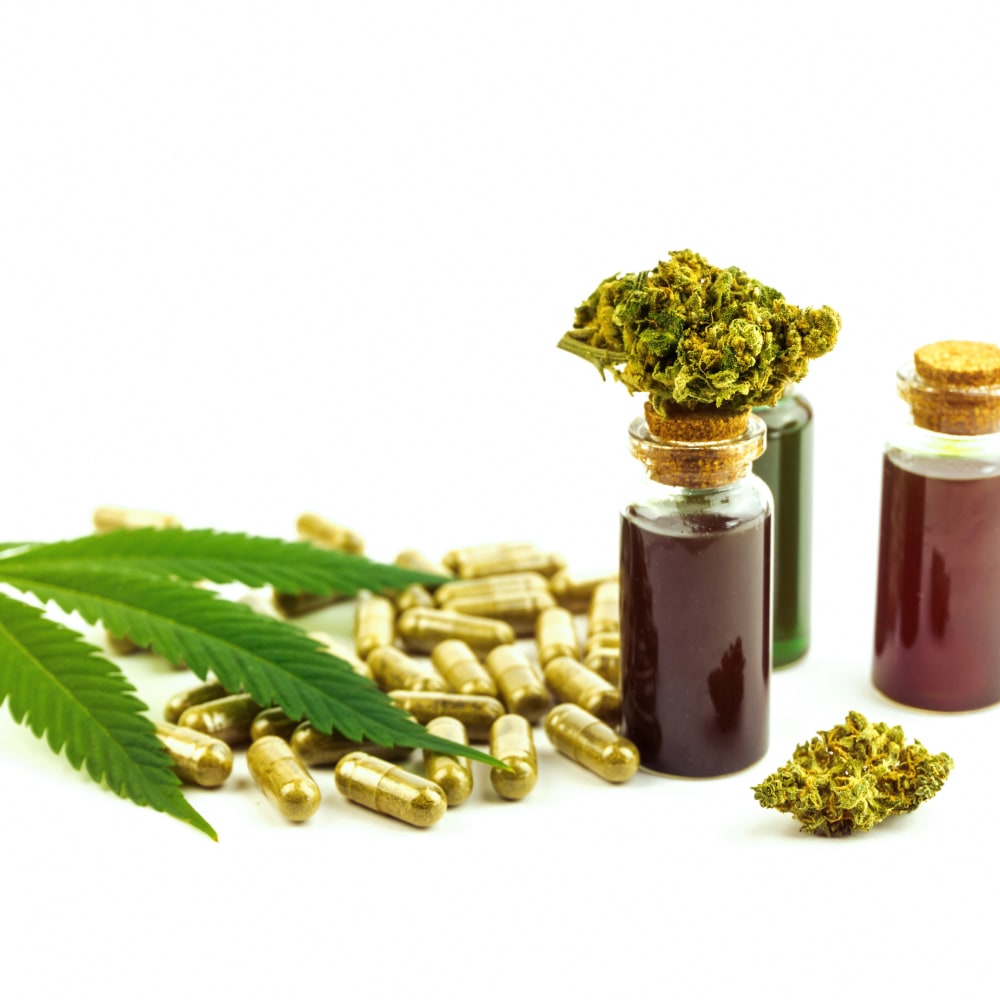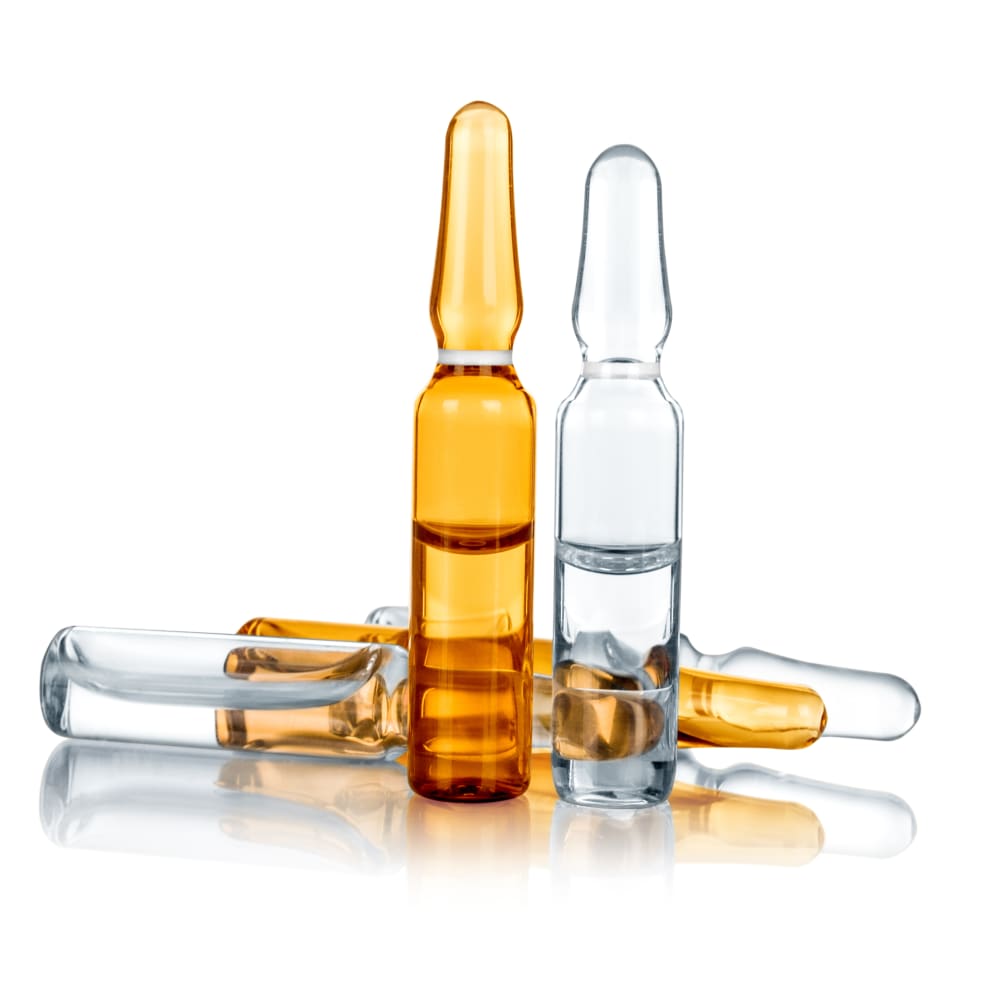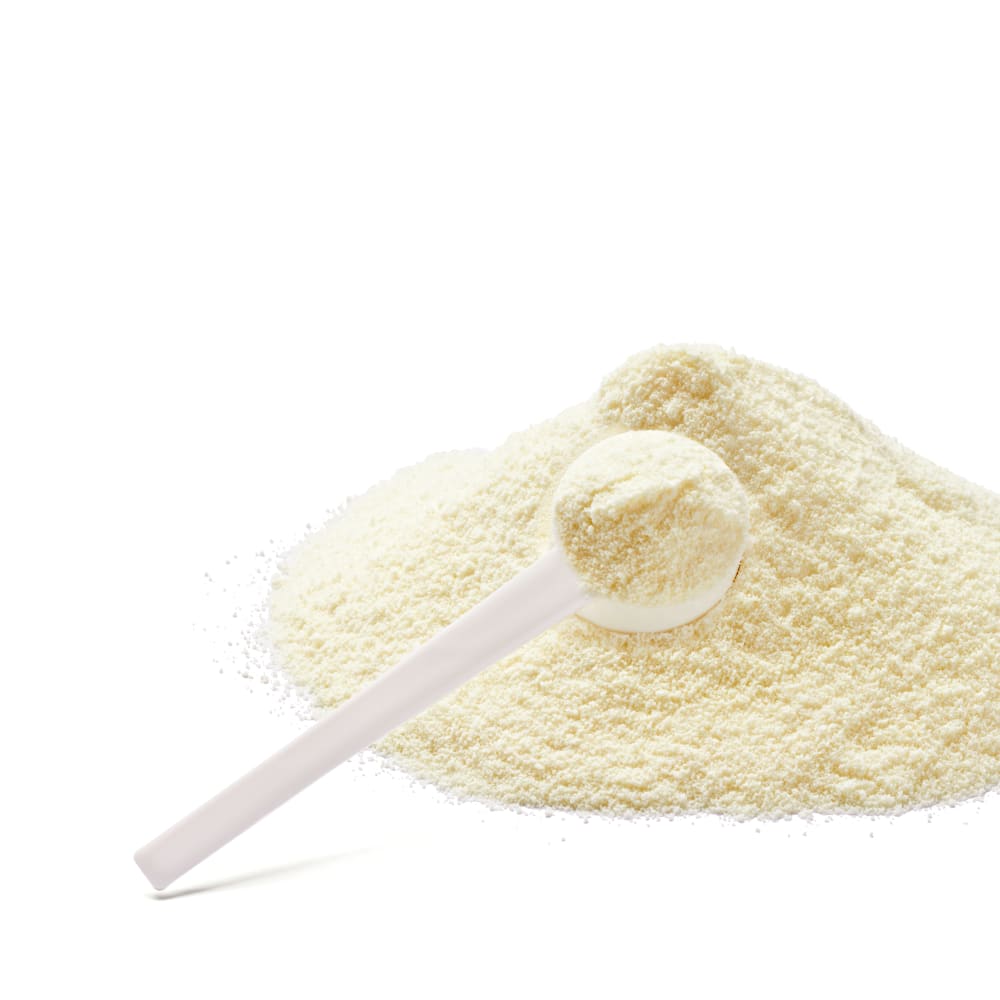Spray Drying of (Bi,Pb)-2223 superconducting ceramic
Application Note Mini Spray Dryer B-290 (Bi,Pb)-2223 superconducting ceramic
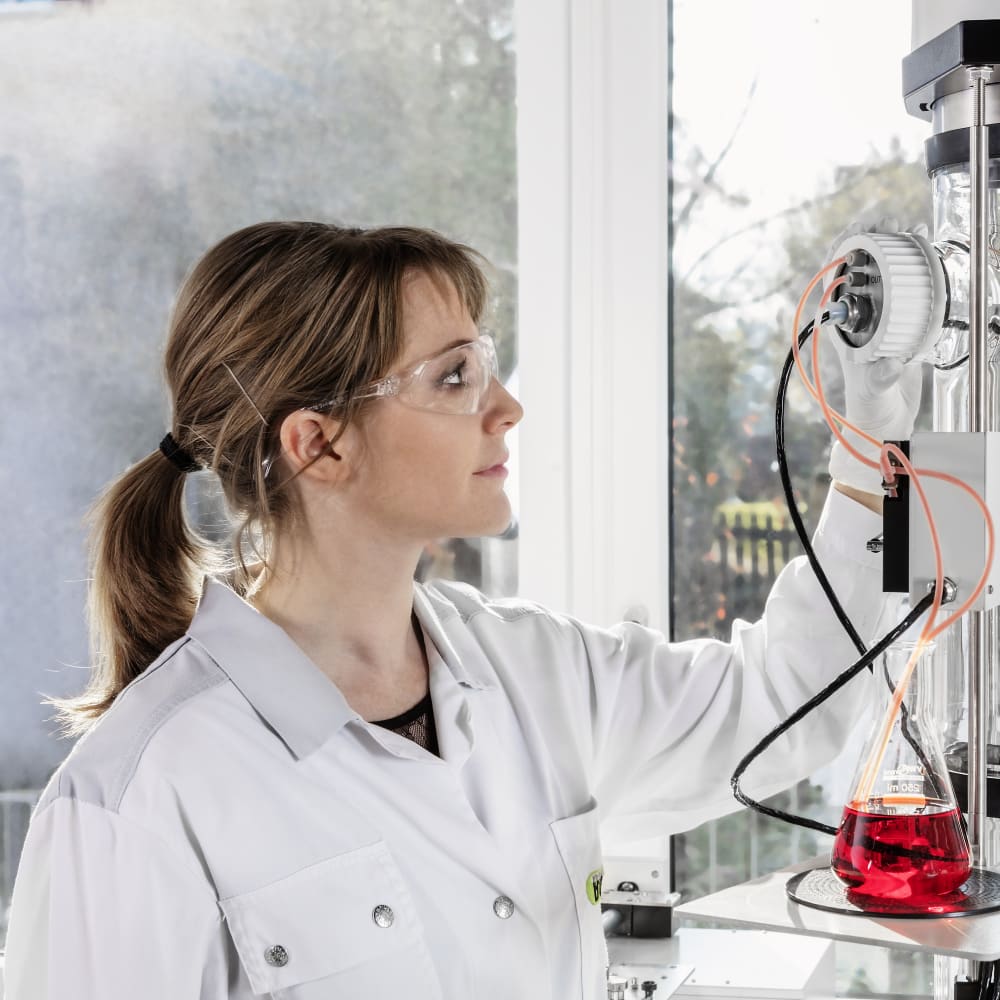
(Bi,Pb)-2223 is a high-temperature superconducting ceramic material that has garnered significant attention in the field of superconductivity. Spray drying is a technique that has been explored for the production of (Bi,Pb)-2223 powders, offering advantages such as improved homogeneity, particle size control, and ease of handling.
The areas of focus in spray drying of (Bi,Pb)-2223 superconducting ceramic include optimizing the process parameters, such as the inlet and outlet temperatures, atomizer type, and feed rate, to achieve the desired particle size distribution, morphology, and composition of the powder. Additionally, research has been conducted to evaluate the impact of different additives and processing conditions on the sinterability, superconducting properties, and mechanical strength of the (Bi,Pb)-2223 ceramic.
Moreover, spray drying has been investigated as a method for producing (Bi,Pb)-2223 precursor powders, which can be further processed through subsequent heat treatments to obtain the desired superconducting properties. The spray-dried precursor powders can provide enhanced homogeneity and reactivity, facilitating the formation of (Bi,Pb)-2223 superconducting phases.
The application areas of (Bi,Pb)-2223 superconducting ceramics include the development of high-performance superconducting wires, tapes, and devices for various fields, such as power transmission, energy storage, and magnetic resonance imaging (MRI). Spray drying of (Bi,Pb)-2223 offers a promising approach for improving the fabrication process and performance of these superconducting materials, contributing to the advancement of superconductivity technology.
Please see the application note for starting paramters, formulations and some results.
ลงทะเบียนเพื่อดาวน์โหลด
เครื่องมือที่เกี่ยวข้อง
Similar Applications
นิตยสาร Cosmetics Lab เล่ม 2
ในนิตยสาร “COSMETICS LAB” ฉบับที่ 2 คุณจะได้รับข้อมูลที่เป็นประโยชน์เกี่ยวกับวิธีเปลี่ยนวัตถุดิบจากธรรมชาติให้กลายเป็นสารออกฤทธิ์ รับประโยชน์จากข้อมูลที่เป็นประโยชน์เกี่ยวกับเทคนิคที่ใช้ในขั้นตอนการพัฒนาเครื่องสำอางทุกขั้นตอน เรียนรู้วิธีการสกัดและคัดกรองสารออกฤทธิ์และวิธีใช้โครมาโทกราฟีเพื่อทำให้วัตถุดิบบริสุทธิ์ รวมทั้งข้อเท็จจริงสนุก ๆ การทำนายดวง แบบทดสอบ และบทสัมภาษณ์พิเศษในหัวข้อการต่อสู้กับข้อมูลที่ผิดในอุตสาหกรรมเครื่องสำอาง

ที่ปรึกษาด้านสูตรสำหรับตัวอย่างน้ำมันกัญชา
รับข้อมูลเชิงลึกที่เป็นประโยชน์เกี่ยวกับการทำแห้งแบบพ่นฝอยและการผลิตเม็ดบีดและแคปซูล ซึ่งเป็นเทคนิคทั่วไปสองอย่างที่ใช้ในการกำหนดสูตรแคนนาบินอยด์ด้วยเอกสารไวท์เปเปอร์ฟรีนี้ นอกจากนี้ยังได้เรียนรู้ว่าทำไมเราถึงต้องการแคนนาบินอยด์ในรูปแบบผงตั้งแต่แรก
ใช้คำแนะนำเพื่อให้ได้รูปแบบของแคนนาบินอยด์ที่ขายได้อย่างง่ายดาย
นิตยสาร Cosmetics Lab เล่ม 3
ในนิตยสาร “COSMETICS LAB” ฉบับที่ 3 คุณสามารถค้นหาทุกสิ่งที่คุณจำเป็นต้องรู้เกี่ยวกับการแต่งหน้า ปรับปรุงความชำนาญในการกำหนดสูตรของคุณด้วยการรับข้อมูลเชิงลึกเกี่ยวกับไมโครเอนแคปซูเลชันและการทำแห้งแบบพ่นฝอย นอกจากนี้ยังได้อ่านเคล็ดลับการกำหนดสูตรเครื่องสำอาง สูตรอาหาร แบบทดสอบ การทำนายดวง และบทสัมภาษณ์พิเศษกับผู้เชี่ยวชาญด้านไมโครเอนแคปซูเลชัน
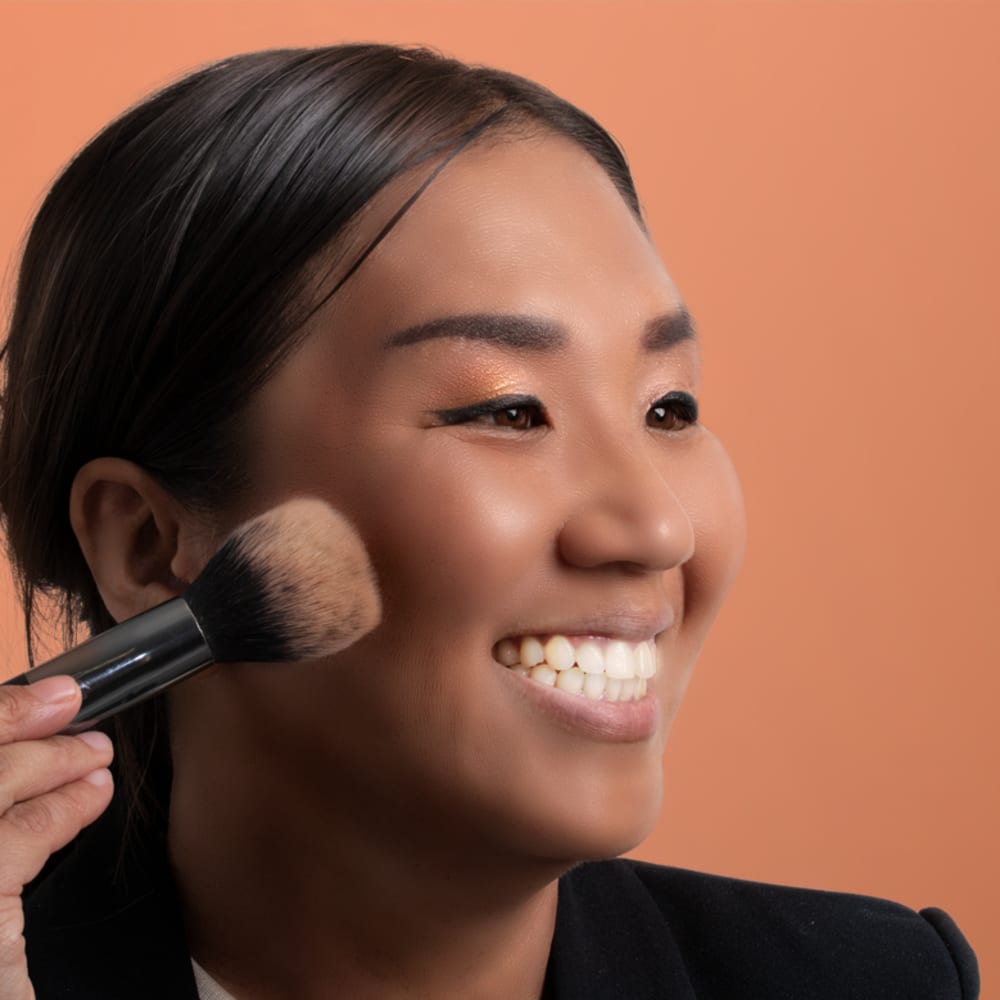
คอมโพสิตที่มีกราฟีนเป็นส่วนประกอบหลักสำหรับแบตเตอรี่ลิเธียมโดยการทำแห้งแบบพ่นฝอย
สามารถใช้คอมโพสิตที่มีกราฟีนเป็นส่วนประกอบหลักเพื่อปรับปรุงคุณสมบัติการนำไฟฟ้าและประสิทธิภาพของการกักเก็บพลังงานต่อรอบชาร์จของแบตเตอรี่ลิเธียม (LIB) เรียนรู้เพิ่มเติมเกี่ยวกับขั้นตอนที่จำเป็นในการได้มาซึ่งคอมโพสิตที่มีกราฟีนเป็นส่วนประกอบหลักโดยใช้เทคนิคการพ่นแห้งในเอกสารไวท์เปเปอร์นี้ ได้รับประโยชน์จากภาพตัวอย่างของการสังเคราะห์คอมโพสิตที่มีกราฟีนเป็นส่วนประกอบหลัก เรียนรู้เกี่ยวกับฟังก์ชันการทำงานของผงกราฟีนต่าง ๆ ในการวิจัยและพัฒนาแบตเตอรี่และดูพารามิเตอร์กระบวนการสำหรับการทำแห้งแบบพ่นฝอยของคอมโพสิตที่มีกราฟีนเป็นส่วนประกอบหลักต่าง ๆ




